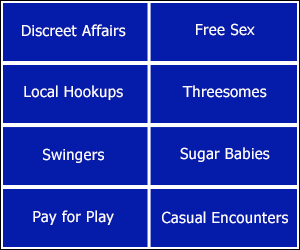Is their such a thing as Amateur Radio Astronomy?
I'm not talking about the Search for Extra Terrestrial Intelligence. I'm talking more about receiving the signals of natural origin.
Does it work, from home, in town, in the backyard, from under the edge of a roof?
How large of a microwave dish do you need? 12" work?
Work in the daytime?
I guess there is thermal noise everywhere. If you point a microwave dish at the Sun, is there more thermal noise?
AIK, most of the things with really interesting microwave signatures are in deep space. So hard to see, takes extensive equipment. But how about the radio signals?
You would want the front end of the receiver and the down converter to be right out there on the antenna. Best to put the entire receiver out there, including conversion to digital, and some buffer memory. Then have two way communications so that messages can be sent for tuning, filtering, gain control, mode control, and requests for re-sends. Send the DC power two. If you have power to spare, you can use thermo-electric cooling to lower the noise floor.
Should it be on an equatorial telescope mount, with the motor to track the heavens? Should there be a spotting scope too? Or even a larger optical telescope? Not sure if you could see or listen to these kinds of space objects so easily.
Aiming is far less critical for a microwave dish than for an optical telescope.
Here, a magnetic compass is about 10 deg off. So instead of using that, you could put marks on the ground, or just permanently mount your equipment. If you can identify 3 stars and make spottings, that should be enough to make computerized corrections.
Think about it, a sound feed and imaging from a deep space object, there being used to make music and visuals, and in your own bed room.
Anyone doing backyard amateur radio astronomy?
SJG
Watch this video next, Universal Co-Masons youtube.com
Recommended anthropologymatters.com
Richard Smoley: The Shamanic Vision youtube.com
Joe Bonamassa - "I'll Play The Blues For You" - Live At The Greek Theatre youtube.com
Nice looking, agree?


So what can we find?
nrao.edu
2.1 Meter, and a Direct TV dish nrao.edu
Also Moon Bounce
37 pages, lots of technical info, even using liquid He to cool receiver! rsgbshop.org
Shows how to make a meteorite radar. Not sure if that is legal, it transmits.
Talks about signals from Jupiter. That is interesting because of Jupiter's moons making it interesting visually too.
Periods of the 4 larges moons run from 1.8 to 17 days.
Backyard Radio Astronomy youtube.com
SJG
Ep. 008 - Legends of the Craft: Freemasonry and the Tower of Babel youtube.com
Now this is Le Droit Humaine, Phoenix, and after the Universal Co-Masons separated youtube.com
Ro Khanna: Regime Change Is Not the Answer youtube.com
The Ancient War Between Gnostics and Neoplatonists youtube.com
Apocalypse of the Alien God: Platonism and the Exile of Sethian Gnosticism amazon.com
Apocalypse of the alien god : Platonism and the exile of Sethian gnosticism / Dylan M. Burns (2014)
jeff healey live at nottoden 2006 youtube.com